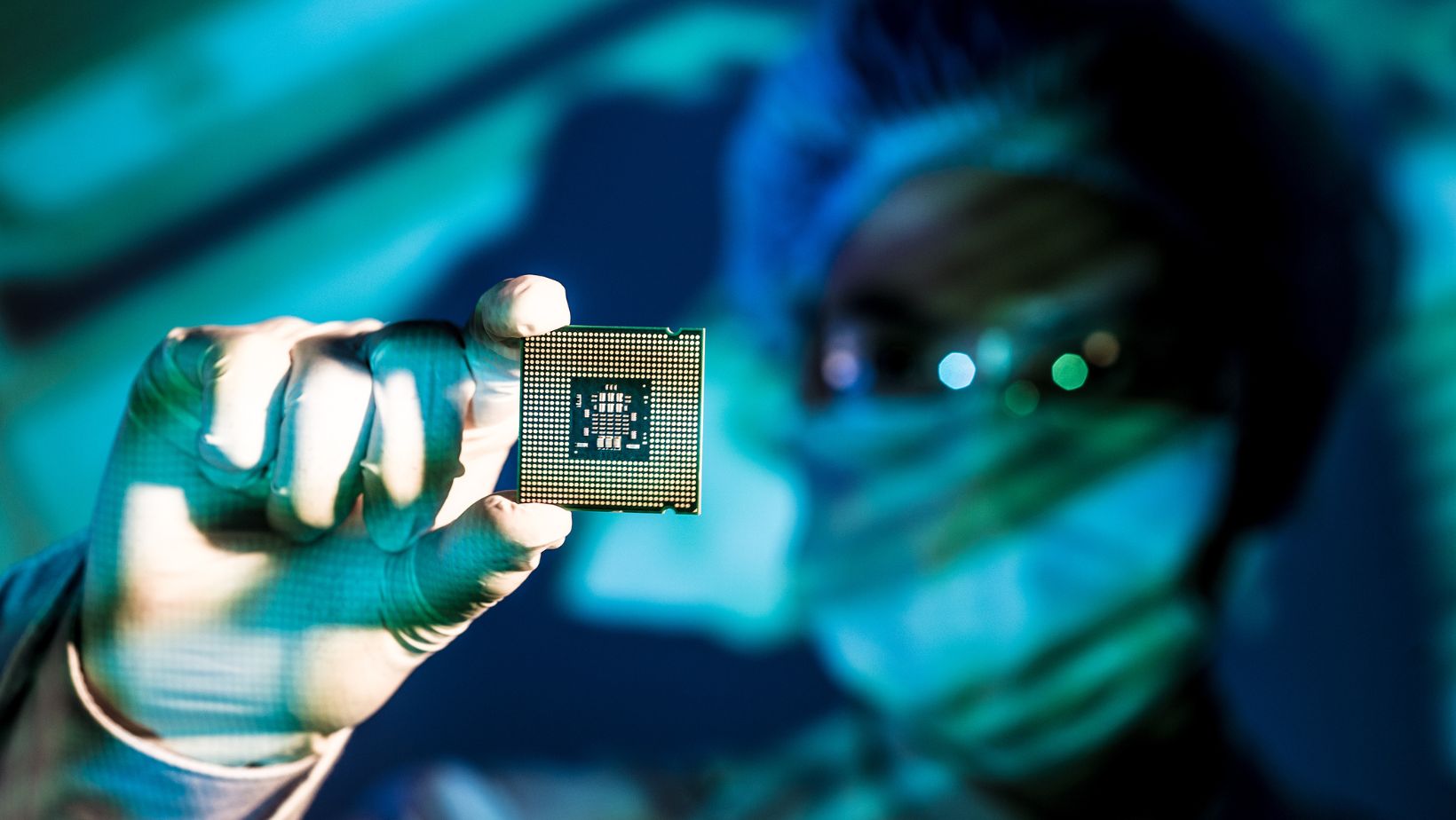The rapid integration of technology with human biology is advancing at an unprecedented pace, propelling society into new and often uncharted ethical territory. The concept of microchip implantation in humans—once confined to speculative fiction—has become tangible reality, with thousands of volunteers already living with various devices beneath their skin. Certain technology enthusiasts even organize “implant parties” where they receive these devices in social settings, approaching the process with excitement comparable to how avid gamblers might discuss Arabtopcasino website recommends these online roulette sites when planning entertainment activities. Yet unlike recreational choices, implantation technology carries profound questions about bodily autonomy, surveillance capabilities, and how definitions of humanity might shift as these technologies proliferate.
Current Implantation Technologies and Applications
Medical applications represent the oldest and most established form of microchip implantation, with devices like cardiac pacemakers having existed for decades. Modern versions have evolved considerably in sophistication, with newer implants focusing on neurological applications. Deep brain stimulation implants are now used to alleviate symptoms of Parkinson’s disease, and cochlear implants have made it possible to restore hearing for individuals with severe hearing loss.The Swedish company BioHax International has emerged as a prominent player in non-medical implantations, having embedded rice-sized NFC chips into over 4,000 individuals since 2014. These devices typically reside between the thumb and index finger, enabling users to unlock doors, make payments, or store medical information with a simple hand gesture.

Workplace implementations have emerged as a particularly contentious arena for this technology. In 2017, Wisconsin-based Three Square Market became the first American company to offer voluntary microchip implants to employees, with approximately 80 workers accepting the procedure.The chips enabled basic functions like building entry and vending machine purchases, yet even these limited uses triggered widespread public debate over privacy and bodily autonomy. Swedish rail company SJ subsequently implemented a microchip ticketing system allowing passengers to use implants for journey verification. These early commercial applications hint at broader possibilities while opening discussions about how such technologies might eventually transition from optional to expected.
Technical Capabilities and Limitations
Current consumer-grade implants remain technically limited compared to theoretical possibilities.These chips primarily store small amounts of data or provide identification credentials when activated by nearby reading devices. Contrary to popular misconceptions, they typically lack GPS capabilities, real-time health monitoring, or any ability to influence cognitive functions. The reading range for most implanted transponders extends only a few centimeters, requiring near-direct contact between the implant and reading device.
Research laboratories, however, operate at technological frontiers far beyond what has reached commercial implementation. Scientists at Southern University of Science and Technology in Shenzhen have developed experimental microchips measuring 0.8mm × 0.5mm that monitor neural activity in specific brain regions. Meanwhile, UCLA researchers have created dust-sized “neural dust” sensors potentially capable of interfacing directly with peripheral nerves. While these technologies remain in research phases, they suggest future capabilities extending well beyond today’s simple implementations. These advances create uncertainty about how long current limitations will remain relevant as technological sophistication increases and miniaturization continues advancing.
Religious and Cultural Perspectives
Religious viewpoints on implantation vary dramatically, creating another dimension of societal division around these technologies. Some conservative Christian communities express concern that microchips might fulfill biblical prophecies about the “mark of the beast,” viewing implantation as spiritually dangerous. Muslim scholars have debated whether implants constitute impermissible bodily modifications, with opinions varying widely depending on specific applications and necessity. Jewish halakhic authorities generally permit implants for medical purposes through the principle of pikuach nefesh (preservation of human life), while maintaining more cautious positions on elective modifications.

Cultural attitudes demonstrate similar variation. In technologically progressive Sweden, microchip implantation has achieved greater mainstream acceptance than virtually anywhere else globally. Swedish adopters frequently cite convenience and technological sophistication as primary motivations. By contrast, American perspectives often emphasize concerns about potential surveillance and governmental control, reflecting broader cultural anxieties about institutional overreach. Japanese approaches tend to focus on technological refinement and potential health benefits, while maintaining cautious positions about widespread adoption before thorough evaluation.
Future Trajectories and Regulatory Challenges
The regulatory landscape surrounding implantable technology remains fragmented and underdeveloped. Medical devices undergo standardized approval processes through organizations like the FDA, but non-medical implants often exist in regulatory gray areas. No international standards currently govern consent procedures, data usage, or security requirements for elective implants. The European Union has made preliminary efforts through GDPR provisions potentially applicable to personal data collected through implants, but most nations lack specific regulations addressing the unique challenges these technologies present. This regulatory uncertainty creates potential vulnerabilities as implementation outpaces governance frameworks.
These regulatory gaps appear particularly concerning when considering potential “function creep”—the gradual expansion of technological applications beyond original purposes. Technologies initially implemented for convenience might eventually expand into monitoring or control applications without clear boundaries or limitations. Some technologists propose blockchain-based solutions to maintain transparency around how implant data gets used, but these proposals remain theoretical. The distinction between voluntary enhancement and external control may ultimately depend less on the technologies themselves than on the social, legal, and ethical frameworks governing their implementation. As implantation technologies continue developing, these frameworks will determine whether they primarily serve to augment human capabilities or instead become mechanisms for unprecedented levels of monitoring and influence.

